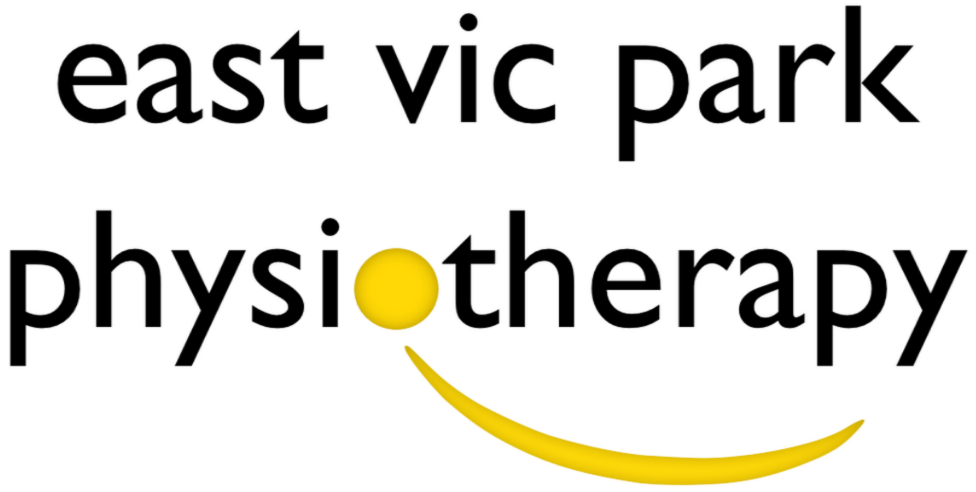PosteroLateral Corner (PLC)
What is the PLC?
The PosteroLateral Corner describes 3 main structures at the back and outside corner of the knee that are important for stabilisation. These resist against hyperextension and rotational forces. These structures include the;
1. Lateral Collateral Ligament (LCL)
2. Popliteal Fibular Ligament (PFL)
3. PopLiteus Tendon (PLT)
Also, the Posterolateral Capsule.
How did I get a PLC injury?
Risk factors and causes of a PLC injury can vary, including;
o Common sports/scenarios; Football, rugby, soccer, high impact motor vehicle accident (MVA).
o Common concomitant injuries: Occur at the same time as Anterior Cruciate Ligament (ACL) and Posterior Cruciate Ligament (PCL) injuries.
Where does it hurt?
Do you have pain and/or instability at the back and outside of the knee around the joint line? Is there pain AND clicking or crunching?
Note: A noisy knee without pain isn’t necessarily a bad thing.
Do I need a scan of my knee?
Likely Yes.
In most cases this a physiotherapist will be able to clinically diagnose a PLC and/or other injuries. If there is concern for damage to the cruciate ligaments or posterolateral corner ligament injuries of the knee then you will likely be referred to a GP or Sports Physician for either an X-ray to rule out fracture and/or MRI to confirm PLC injury. Moderate to high grade injuries will likely require onward referral to a surgeon.
What is my prognosis?
Low and moderate grade injuries often have a good prognosis with physiotherapy guidance.
Higher grade injuries may have difficulty returning to change of direction sports within 6 months and upwards of 12 months if there is a cruciate injury.
What will rehab involve?
Early management will include bracing of the knee, proprioception, strength and non-weight bearing cardiovascular exercise such as gentle swimming and cycling.
Longer term rehab will be dependent on the needs of your daily activities or sport requirements.
Talk to your physio about how to get you back on top of your game!




